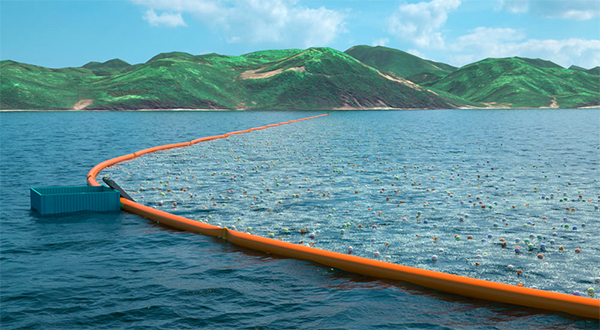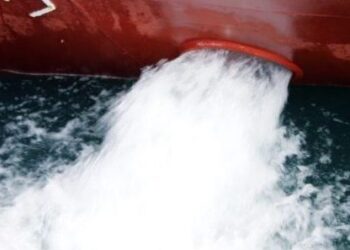The U.S. Environmental Protection Agency has released its Proposed Plan to clean up the in-water portion of the Portland Harbor Superfund Site, an industrial waterway covering approximately 10 miles of the Lower Willamette River, from Broadway Bridge to the Columbia Slough.
EPA proposes to dredge and cap the most contaminated sediment throughout the 10-mile stretch of the Lower Willamette, in areas where concentrations pose the highest risk to people, fish, and wildlife.
Other, less contaminated areas will be monitored and allowed to recover naturally. At the end of construction, EPA estimates that cancer and other serious risks posed by contamination will be greatly reduced – in many places up to 100 times lower than it is now. Natural recovery will further reduce these risks to levels deemed acceptable under Superfund and Oregon Department of Environmental Quality (ODEQ) cleanup programs, but will not eliminate all risks. Active cleanup work under the selected Alternative I is estimated to take seven years and cost approximately $750 million.
Release of the proposed cleanup plan starts a 60-day public comment period, which EPA extended from the required 30 days in response to public requests for a longer comment period. The public is encouraged to provide formal comments on the plan to EPA by August 8, either in person at public meetings, online or in writing. (Comment period information below)
“The time has come to clean up the Lower Willamette, the lifeblood of Portland’s environment and economy.Our proposed cleanup plan is based on the best science and most effective cleanup technologies. Our aim is to make Portland Harbor healthier and safer for all who treasure and rely on it. We also expect our cleanup to serve as an engine for local economic development by generating construction jobs while the project is underway, and leading to an important economic revival by providing certainty for future development.”said EPA Regional Administrator Dennis McLerran
McLerran’s sentiments were echoed by Jim Woolford, Director of the Office of Superfund and Remediation and Technology Innovation in EPA’s Headquarters Office in Washington, D.C.
“Release of this plan is a significant milestone in the path to cleaning up the Portland Harbor Site.My office has been working with EPA Region 10 and we believe the proposed alternative is a sound cleanup approach that is consistent with national regulations and policies.”said Woolford, Director of EPA’s Office of Superfund Remediation and Technology Innovation in Washington, D.C.
The Agency engaged and closely consulted with the ODEQ, six federally recognized tribes and a wide variety of public and private stakeholders while developing the Remedial Investigation and Feasibility Study, which are the basis for the Proposed Plan. Under a 2001 agreement with ODEQ, EPA manages the cleanup of the in-water cleanup portion of the site and ODEQ is responsible for the upland portion of the site. ODEQ’s ongoing pollution source control work will complement EPA’s cleanup work in the harbor.
“DEQ appreciates the extensive work performed by the many businesses and state and local governments who partnered with DEQ over the past 15 years to investigate and cleanup the upland and upriver sources of contamination that could potentially re contaminate Portland Harbor.We now look forward to focusing our efforts on reviewing EPA’s Proposed Plan and working with EPA to implement the cleanup in a timely manner.”said Joni Hammond, ODEQ’s Deputy Director.
More than 40 contaminants were found in river sediment at concentrations that pose a risk to people, fish and wildlife. Some of the contaminants include: polychlorinated bi-phenyls (PCBs), dioxins/furans, pesticides (DDT and its byproducts), and poly aromatic hydrocarbons (PAHs). Resident fish and shellfish accumulate contaminants that are harmful to people and wildlife. People who eat resident fish are most at risk from contaminants at the site. The main goal of the cleanup is to reduce levels of contaminants in fish to allow for human consumption. In addition, productive re-use of valuable commercial property is also another important benefit of cleanups, according to EPA’s Regional Administrator.
EPA’s proposed cleanup addresses contaminated sediments through dredging, capping, armoring or enhanced natural recovery, including removal of over 1,400,000 cubic yards of contaminated sediments. Approximately 1,900 acres of the site with lower contaminant levels are expected to recover naturally over time.
EPA has increased outreach to the greater Portland community, offering information sessions, webinars and open houses to help the public understand what the contamination is, where it is and why cleanup is needed.
Source: EPA






























































